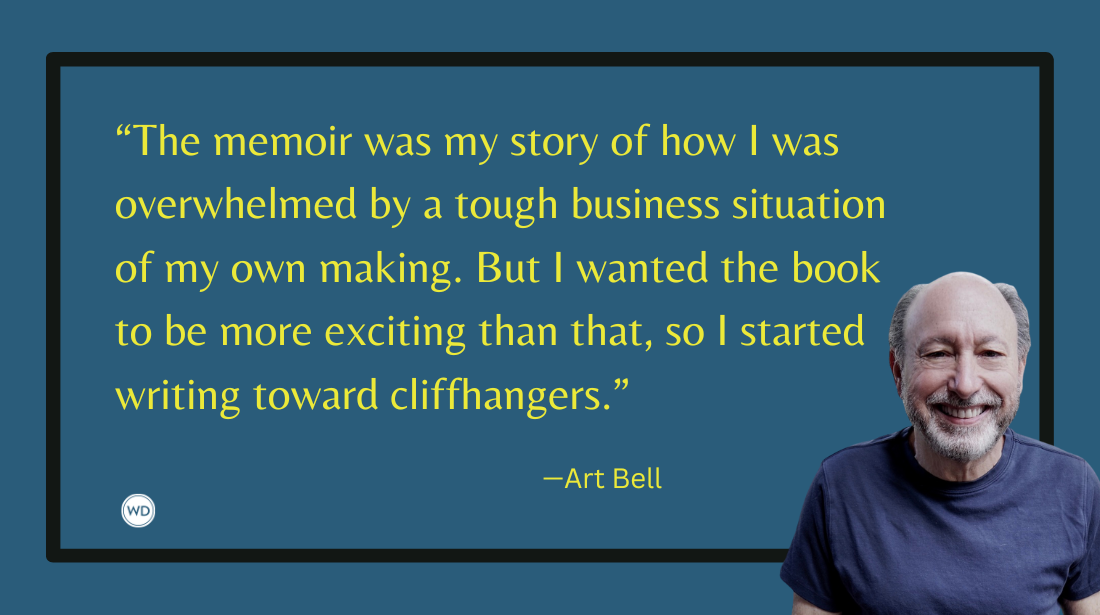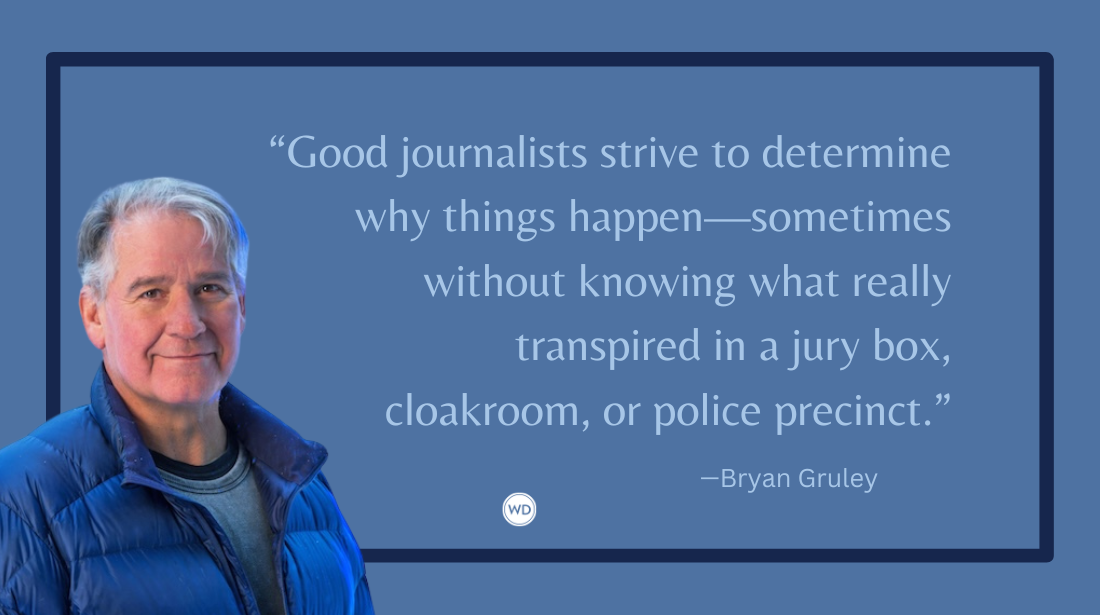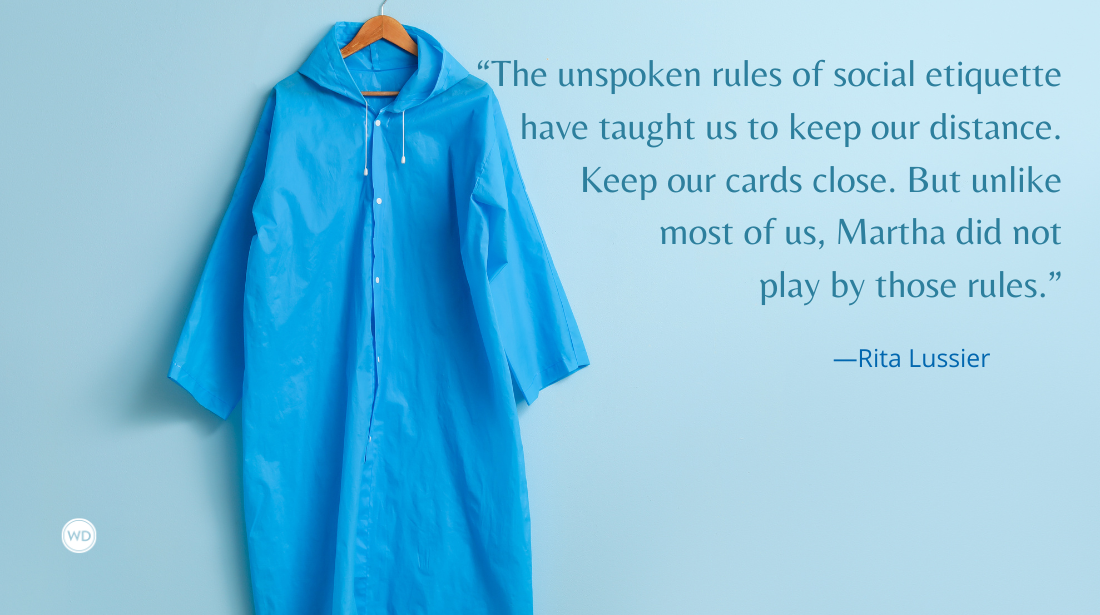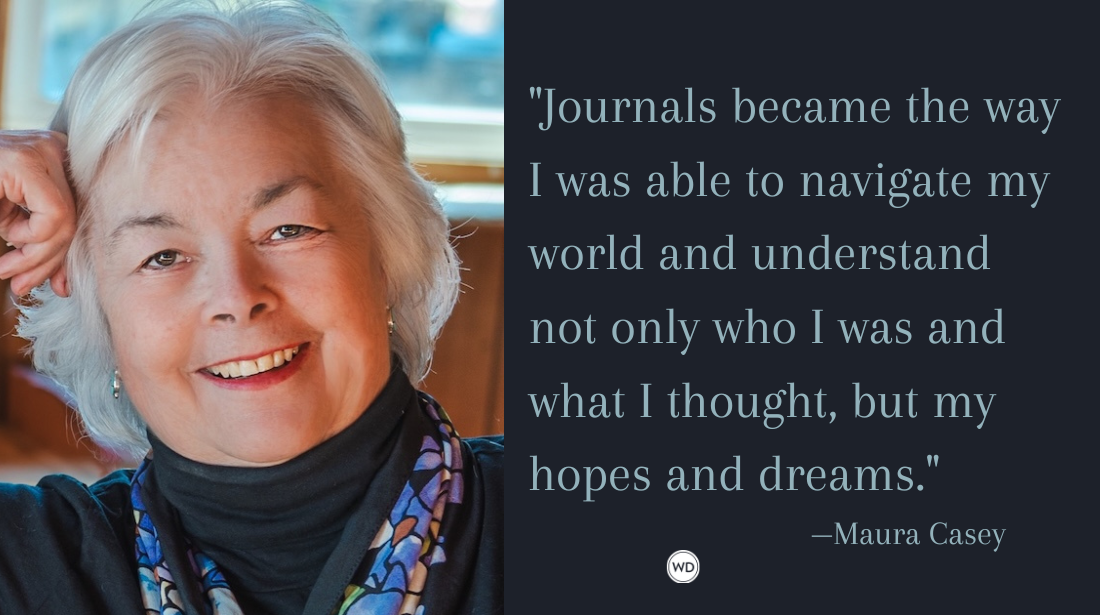The Art of Spin-Offs: Freelance Article Ideas
Cultivating multiple article ideas from the same topic can help freelance writers collect more bylines says freelance writer Dinsa Sachan.
Cultivating multiple article ideas from the same topic can help freelance writers collect more bylines explains Dinsa Sachan in this article from Writer's Digest March/April 2019.
In today’s fractured media environment, every month sees another magazine shuttered. Rates get slashed on the regular. Increasingly, freelance journalists are finding that they not only need to work harder, but smarter as well—the “pitch story-write story” cycle can be draining. Before almost all content became available online, writers could simply rewrite a story and tailor it to another market, but that practice is no longer viable.
Yet not all is lost. Writers can maximize their time by pitching multiple, different stories that arise out of the same kernel of an idea. Most refer to such idea mining as “spin-offs.” A spin-off is not a rewrite or a reprint. “There is a window or an element in every article that could open out into different ideas,” says Kamala Thiagarajan, an India-based freelance journalist. “One story often leads entirely to another; both are different, and yet intricately linked.”
Milking a topic for multiple stories also makes business sense. “Finding another angle on the same idea can be a real time saver because you’ve already done a lot of the background work and developed sources,” says freelance science writer Carrie Arnold. “You’re familiar with the field, so you can jump right in and know what exactly is newsworthy or interesting.”
Take the following steps to start pitching your own spin-offs.
1. Find Multiple Angles
For most journalists, multiple angles emerge while talking to sources. But new ideas don’t just magically appear, so you may have to try a little harder. “Whenever I interview anybody, the last question I always ask is, ‘What is the most interesting thing happening in your field, apart from what we’re talking about here?” says Paul Tullis, a former editor for Men’s Journal and Seed. He also suggests creative questions such as: When you go to conferences, what are the most well-attended panels? What are people talking about in the hallways? When you talk to an old colleague and say, “Can you believe X is happening?” What is X?
Reporting trips provide ample opportunity for discovering various sides to an issue. Independent journalist Wudan Yan went to Bangladesh in early 2018 to report on the Rohingya refugee crisis. She pitched several stories from the camps—all with different angles—generating more than $2,000 in income from just 10 days of reporting. (She funded the trip herself.) One story for PRI focused on intellectual disabilities in the camp’s children, and another on elephant attacks in the camps was published by HuffPost. Her background research provided depth to the stories, even though her angles were unique.
Note: While you should never use the same quotes for your spin-offs, you can use different quotes from the same interview. It’s good practice to let sources know their quotes will be used for another story as well.
2. Pitch to Noncompeting Publications
Let’s say you conceive a story idea from a study on body image. During your research, you realize the study’s author is quirky enough to warrant a profile. Yes, there’s potential for two stories there—a news piece and a profile. Just one rule: Don’t pitch the stories to competing venues. Instead, think more broadly. Maybe you pitch the news piece to a science magazine such as Discover, and the profile to a women’s lifestyle publication like Marie Claire. “If there is not a lot of overlap in the readership of the publications then it should be safe, because as an editor I’m thinking, Is this a good story for my readers?Will they have seen this somewhere else before?” Tullis says. “If I’m editing for a science mag, it’s not likely that my readers have also seen the same person covered in a women’s mag.” In fact, mentioning your prior coverage of the topic could actually work as a selling point, and may convince the editor you’re the right person to write the piece.
3. Be Transparent
When it comes to keeping editors in the loop, writers set their own rules. Yan routinely pitches stories from her overseas reporting trips. “If your sources and angles are totally different, and if you’re paying for your trip, ethically there isn’t a need to disclose whether or not you’re doing a story for someone else,” Yan says.
That said, if there is considerable overlapping research or common sources, you might want to give the editors a heads-up. “I would certainly expect writers to be open about commissions they’ve accepted elsewhere about the topic around the same time,” says Richard Hurley, editor at the medical journal The BMJ.
Some freelancers may fear revealing such information will prevent them from scoring the assignment. However, editors these days understand it’s common for freelancers to crank out several stories from one topic. “You can work with your editor to angle it substantially differently from the same research,” Hurley says. “That makes everyone happy.”
4. Get Creative
There are a few different ways to spin multiple articles out of the same topic. Arnold wrote a story for Scientific American Mind on how social media was changing the way people grieve. While researching that story, she conceived the idea for a service-type piece for AARP focusing on managing social media and online financial info after death. Studies can birth dense science stories, as well as broad, more consumer-driven articles.
Sometimes a news piece can sow the seeds for a broader trends feature. For NPR’s Goats and Soda, a global health and development blog, Thiagarajan filed a story about a gang rape in India that moved the government to enact more stringent anti-rape legislation. In a separate piece for the same publication, she then did a deep dive into why the justice system often fails rape victims and the potential impact of the new laws.
Travel writers often write about the same location from different perspectives. Freelancer Valentina Valentini wrote about The Gravediggers Pub in Dublin for BBC Travel. She traced the history of the pub and its owners, steering clear of the ghost stories associated with it. Later, she pitched the haunted history to Atlas Obscura.
Bobbi Dempsey, a freelance writer based in Pennsylvania, found several different angles while researching a profile piece on a Samoan wrestler. The subject was part of a family dynasty of pro wrestlers, so she did a “family tree” piece for a wrestling magazine. She also learned that Samoan people are prone to certain medical conditions, and thus wove a health story out of that information. A broad piece about Samoa for a travel outlet also followed.
You can re-tool your ideas only so much. As an ethical freelancer, you should know where to draw the line. “When you find multiple angles, you definitely need to have a new perspective,” Thiagarajan says. “Don’t overdo an idea just because you want to make more money.”
But be mindful—if your re-slanted pieces have overlapping research, compare copies with previous stories before filing. Or better yet, run them through plagiarism software.
Have personal experiences you want to share? WD University's Pitch an Article: Write for Today's Marketplace will teach you how to craft a good pitch letter and do it well. Be ready to mine your life for ideas. Start thinking about a great spin on a topic or an unusual personal experience that you'd like to write about in class! Register today!
Dinsa Sachan (dinsasachan.com) is a freelance writer based in New Delhi. Sachan curates an e-newsletter packed with international science and culture news. Subscribe at dinsasachan.com/nucleus and follow her @dinsasachan.








